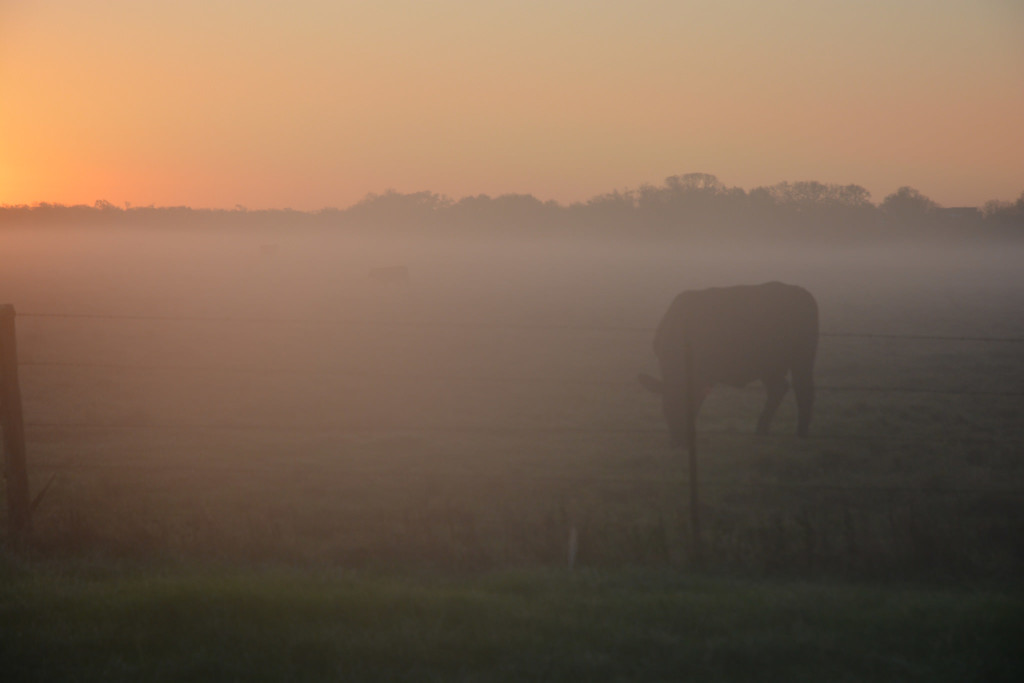Recently, I spoke at the Cattle Trails Cow-Calf Conference in Wichita Falls to a full house of cattlemen and cattlewomen about the importance of drafting grazing leases. Jennifer Latzke, a reporter with the High Plains/Midwest Ag Journal was in attendance and drafted a great article discussing this issue.
Landowners Should Pay Closer Attention To Grazing Leases
Jennifer Latzke, High Plains/Midwest Ag Journal
Handshake deals are one of the hallmarks of the Western rancher.
But, lawyer Tiffany Dowell-Lashmet has seen how handshake deals and verbal agreements can fall apart when disaster strikes, especially in the case of grazing leases.
Dowell-Lashmet is an assistant professor and Extension agricultural law specialist for Texas A&M AgriLife Extension Service, Amarillo, Texas, and she spoke at the Cattle Trails Cow-Calf Conference, Dec. 3, in Wichita Falls, Texas.
She gave 10 items that landowners and graziers should consider in any written agreement before grazing cattle.
For starters, any contract should spell out payment of rent, whether it’s a cash lease, a set price per head per acre, or crop share, or a hybrid of the two, she said.
“You want to be very clear,” Dowell-Lashmet said. She gave the example that a landowner might want to put into the contract if cattle prices rise, or if cattle gain more while grazing, there is a bonus. When and how rent is due should also be spelled out, as well as interest and penalties for any late payments.
Any good lease should also describe in detail the subject of the lease, she said. It should detail if any areas are excluded, how and when can property be accessed, if anyone else has rights to access the property for hunting purposes, and even down to limiting the stocking rates, breed and size of cattle. Many people forget about putting down specifically what the land can be used for by the leaser, and if the owner has a separate hunting lease on the same land, it can be in conflict if it’s not spelled out.
Especially important in rough times when drought may affect the amount of feed and water available to cattle, Dowell-Lashmet said, a lease that protects both parties includes who is responsible for the care of livestock. And include more detail than “landowner must provide adequate feedstocks.”
“Put in there how much feed per cow per day or per week, and the exact type of feed,” Dowell-Lashmet said. Especially if you’re an absentee grazier and reliant on the landowner to care for the cattle, you need to be assured they are feeding what they say they are feeding the cattle, she added. So, consider asking for sales receipts of any feedstocks, or regular photos of the feed and calves, which are easy enough to share with the click of the phone now. Also, put in an incentive for high daily gain or low death loss, she advised.
“Build in the bonus so that he’ll have skin in the game,” she said.
One thing that many landowners forget is to put into their lease the right of inspection, because unless this is reserved, the landowner gives up his right to enter the property during the lease, Dowell-Lashmet said.
“Be sure to reserve when you can enter the property, for what reason, and how much notice you would have to give,” she said.
In any lease there also has to be a line that details liability and indemnification so that both parties are covered, she said. Also, the maintenance of any fixed assets and the status of the mineral rights are often overlooked in agreements, she added.
Finally, Dowell-Lashmet said that disaster contingencies should be included in the lease, especially helpful if drought or fire could destroy the grass being leased.
“And, of course, you want to be sure to include common legal provisions regarding choice of forum and dispute resolution,” she said. “And, you’ll want to have this professionally reviewed because this is a business deal. You need to have an attorney review any lease before signing.”












